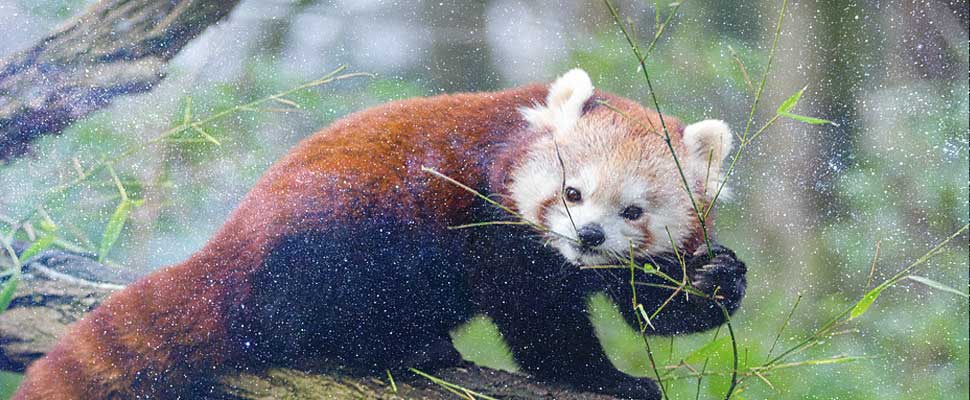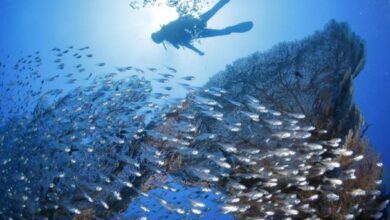Could studying the stars save animals in danger?
Thanks to "Astropy" researchers can observe and protect fauna through drones

Astrophysicists and ecologists at Liverpool's John Moores University (LJMU), in England, found that the use of astrophysical software could help identify animals through infrared images captured by drones, even in the nights that is when poaching increases.
Leer en español: ¿Estudiar las estrellas podría salvar a los animales en peligro?
The objective of the team of researchers is to protect threatened animals without disturbing them, so they will use drones that are usually employed in astrophysics to inspect portions of the earth from the sky. With the use of this technology, ecologists will be able to access difficult areas and monitor wildlife without disturbing the animals.
The open source software, "Astropy", makes this work possible thanks to its algorithms of automatic learning and astronomical detection, as explained by Claire Burke. "The images are captured by drones, even at night, which is when poaching increases which allow you to easily see the animals as a result of their body heat, day or night, and even when they are camouflaged in their natural environment. Since animals and humans in thermal images 'shine' in the same way as stars (…), we have been able to combine the technical expertise of astronomers with conservation knowledge of ecologists to develop a system to find animals or hunters stealth automatically. "
After an initial test project, with infrared images of cows and humans, filmed by drones on a farm on the Wirral peninsula, the team of researchers has worked with Safari Knowsley and Chester Zoo to build libraries of images. This images’ bank aims the software to recognize the different types of animals in the different types of landscape and vegetation.
Burke says that field tests to recognize endangered species have already begun. The first was in a field in South Africa, there they detected riparian rabbits, that being so small, limited the area that the drone could cover, because it could only fly at a height of 20 meters. However, the test was a success, as they achieved five sightings.
The flights of the drone depend on the meteorological conditions, since they last approximately 20 minutes and can be configured so that they are in the air up to one hour. The main obstacle to the use of infrared thermal cameras is humidity, because when the temperature of the ground is similar to that of the animal, the images can be confused, complicating the sighting.
The project was presented at the beginning of the month in the European Week of Astronomy and Space Sciences (EWASS, for its acronym in English), which took place in Liverpool and is part of the new field of "astroecology". This aims to protect the environment by linking various disciplines.
In May, astro-ecologists will search for orangutans in Malaysia and spider monkeys in Mexico. In June, researchers will try to locate river dolphins in Brazil, with the aim of creating a system that is easy to use for conservationists and forest rangers anywhere in the world.
Latin American Post | Andrea del Pilar Rojas Riaño
Translated from “¿Estudiar las estrellas podría salvar a los animales en peligro?”





